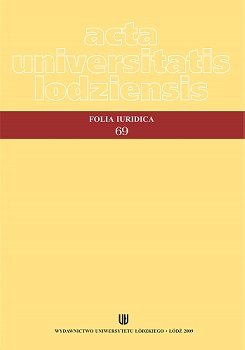
THE DYNAMICS OF REVOLUTION IN 1989: CONCEPTUAL CHANGES
The events during the 'Autumn of People' have created sideration and stupor in the eyes and minds of the Western observers - who least expected the communist breakdown -, and consequently significant problems in interpretation and in deciphering the regime change in East-Central Europe. Clearly, with the 'transition to democracy' process, the same observers have expressed disappointment and skepticism regarding the prospects of ECE unrestrainedly and uncritically embracing the model of Western-type consolidated liberal democracy: many have assessed that the exit from communism was not necessarily synonymous with the 'return to Europe' tout court, for the very historical background, socio-economic and cultural preconditions and political conditions were not met so as to generate the complete and definitive triumph of liberal democracy in Europe. The present paper is an attempt at critically examining the regime change in 1988-1989 in East-Central Europe as an exponential case of 'postmodern revolution' following the analysis drawn by S.N. Eisenstadt in late '90. Breaking with the paradigm of the 'Great Revolutions' (G. Pette), 1989 lacked the characteristic features of a 'classical revolution' (in the French revolution or Russian sense), hence imposing a new species of revolution which was dominantly non-ideological, non-class-based, and non-violent, though achieving its central purpose, i.e. that of effectuating regime change. Concretely, this paper tries to introduce the 1988-1989 regime change in ECE in the general discussion of the defining and the characteristic features of a revolution, drawing extensively on the literature that preceded and followed the anus mirabilis, dedicated to the analysis of revolutions.
More...














